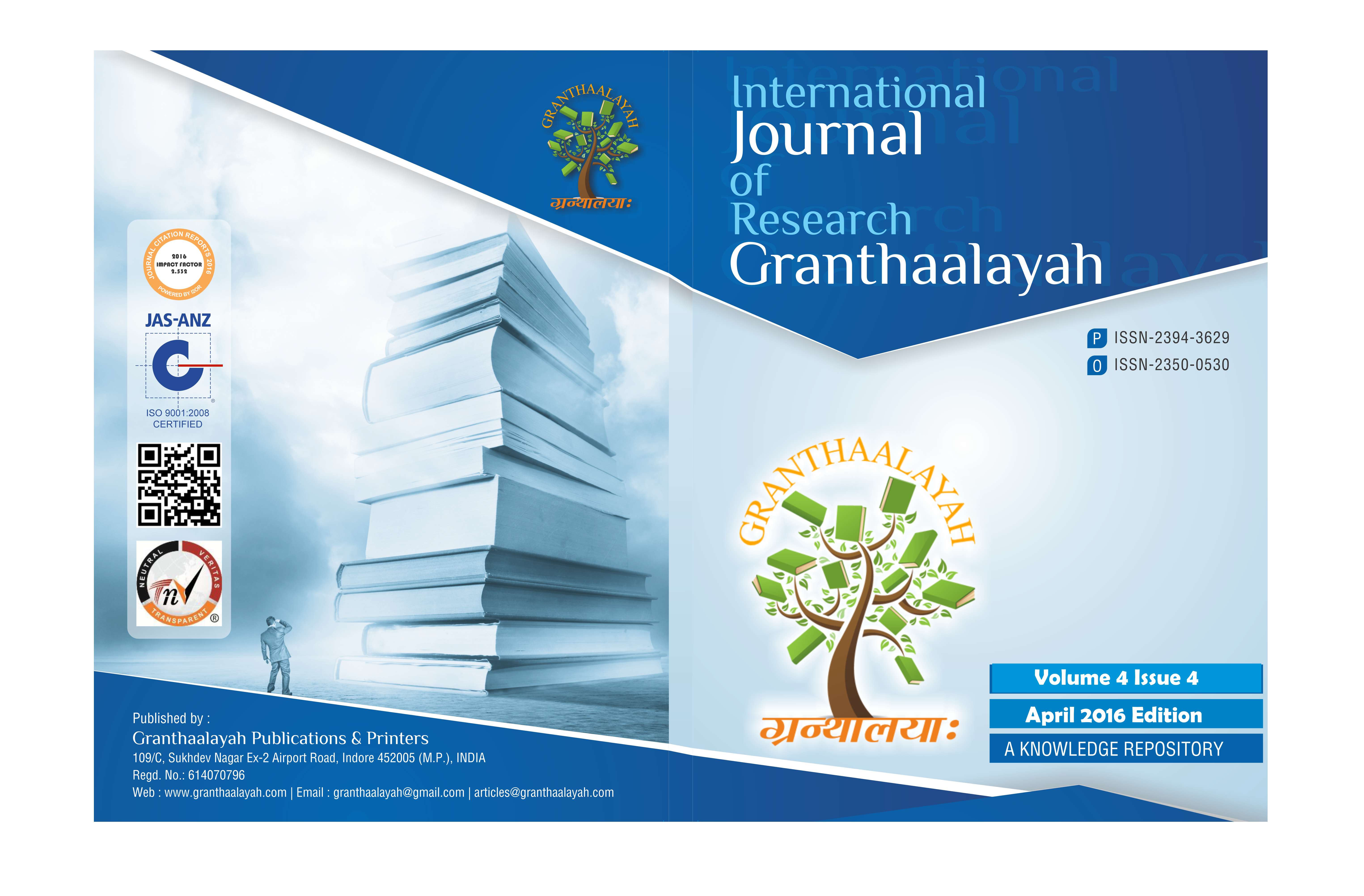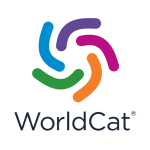THE SIGNIFICANCE OF RISK MANAGEMENT FOR BANKS AND OTHER FINANCIAL INSTITUTIONS
DOI:
https://doi.org/10.29121/granthaalayah.v4.i4.2016.2757Keywords:
Risk Management, Banks, Financial Institutions, Risk Types, Risk ControlAbstract [English]
Risk management is an area that is experiencing rapid growth and it entails many and various perspectives and views of factors that are involved, how they are conducted and their uses. As a consequence of global financial crisis, regulators and financial industry leaders agree on the need for a comprehensive risk management reform in the financial field. Even though solutions may differ, most agree that the lack of an appropriate risk management system was one of the key factors in causing the financial crisis. This paper provides a literature review on sound risk management governance for banks and other financial institutions.
Downloads
References
Basel Committee on Banking Supervision, Sound Practices for the Management and Supervision of Operational Risk; Bank for International Settlements Press & communication; Basel, Switzerland, February 2003.
Brian, A., (1995) “Financial Risk Management”, McGraw-Hill, 23-25.
CHOFARAS Dimitris N., Operational Risk Control with Basel II, Elsevier Finance, Oxford, 2004.
Dowd, K., (1998), Beyond Value at Risk, the New Science of Risk Management, John Wiley & Sons, 123-130.
Dunbar, N., (1998), “Meriwether’s Meltdown”, Risk (October), 12-14.
Grossman, S. J., and M. H. Miller. 1988. Liquidity and market structure. Journal of Finance 43:617–33. DOI: https://doi.org/10.1111/j.1540-6261.1988.tb04594.x
Jorion, Philippe (1997) Value at Risk, Richard D. Irwin, Inc., Burr Rudge, IL.
Philippe Artzner, Freddy Delbaen, Jean-Marc Eber, David Heath, “Thinking Coherently,” RISK, November 1997, 68-71.
Stulz, R.M., (2000), “Why Risk Management Is Not Rocket Science”, Financial Times, Mastering Risk Series, June 27, 2000. 21-24.
Downloads
Published
How to Cite
Issue
Section
License
With the licence CC-BY, authors retain the copyright, allowing anyone to download, reuse, re-print, modify, distribute, and/or copy their contribution. The work must be properly attributed to its author.
It is not necessary to ask for further permission from the author or journal board.
This journal provides immediate open access to its content on the principle that making research freely available to the public supports a greater global exchange of knowledge.

























